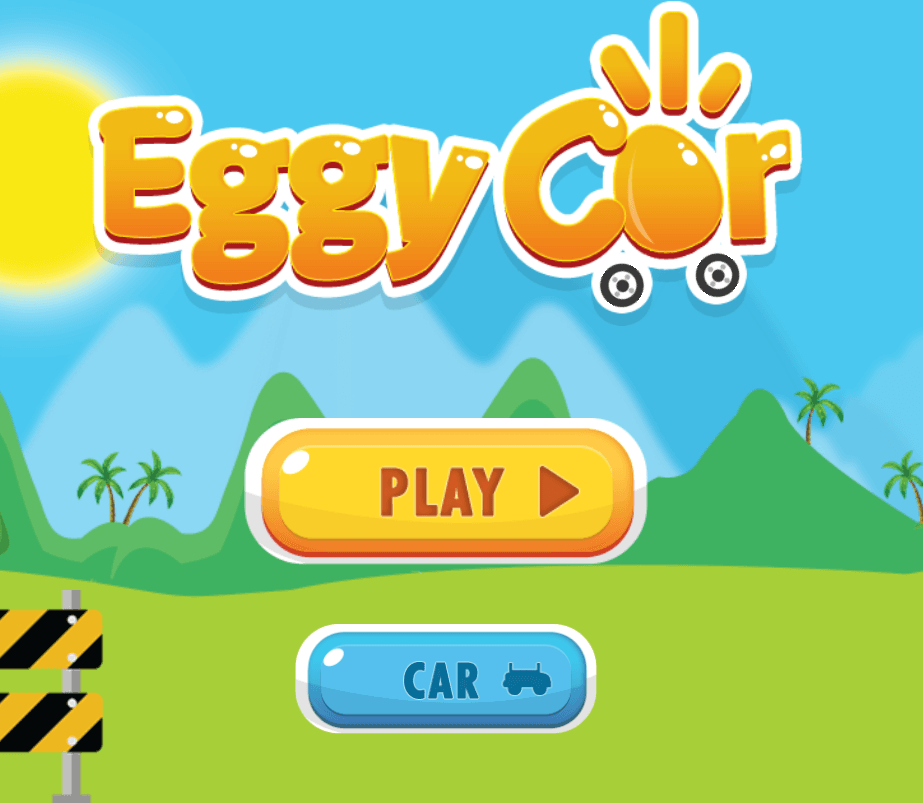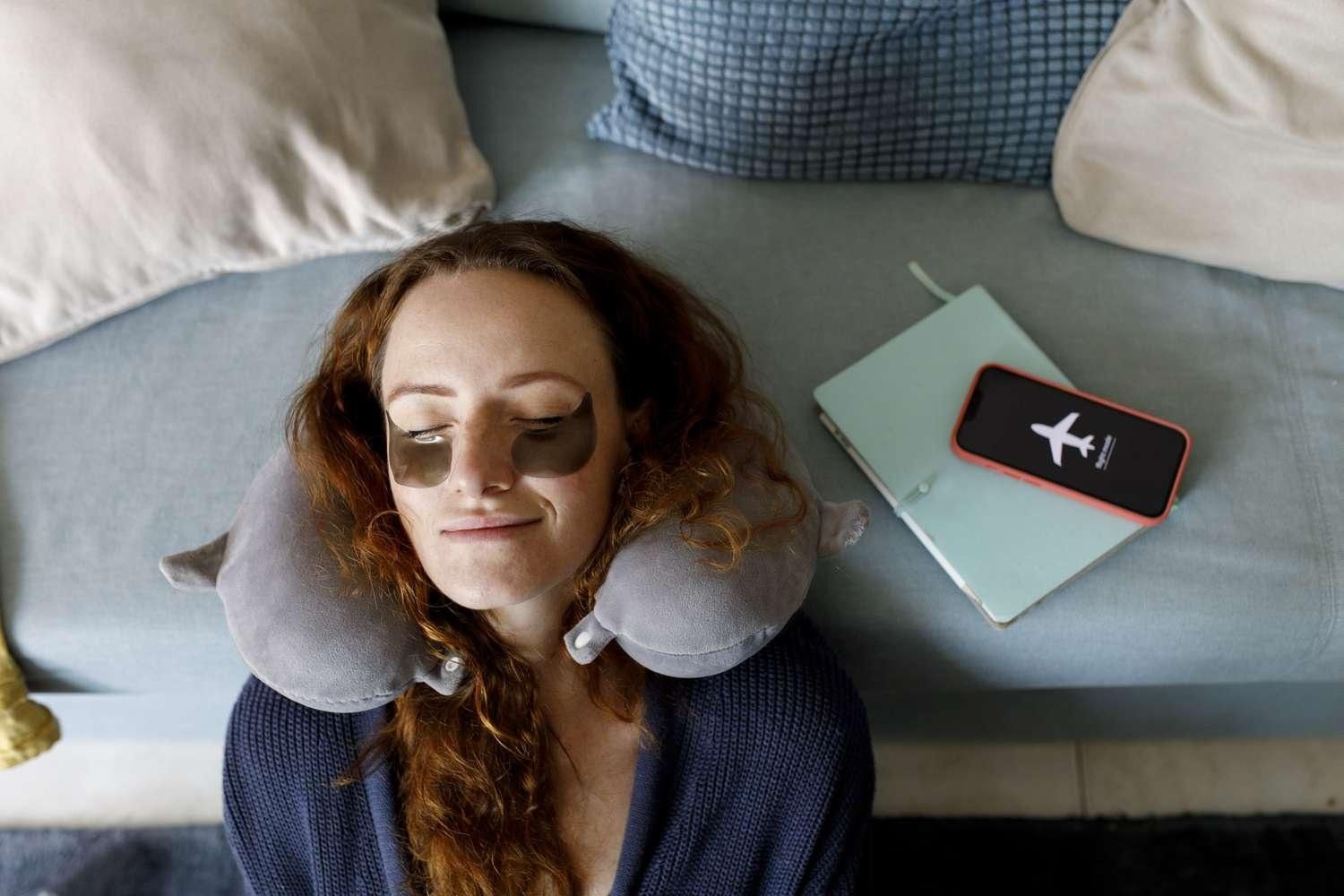

In our fast-paced digital world, finding balance can be challenging. Let’s learn more about this topic below with Eggy Car and explore how practicing digital detox can lead to improved mental health and overall well-being.
Digital detox refers to the conscious act of taking a break from digital devices and online activities. In today’s hyperconnected world, we’re constantly bombarded with notifications, emails, and social media updates. This constant connectivity can lead to information overload, increased stress levels, and decreased productivity. By implementing a digital detox, we can reclaim our time and attention, allowing us to focus on real-life experiences and relationships.
The importance of digital detox cannot be overstated, especially when it comes to mental health. Excessive screen time has been linked to various mental health issues, including anxiety, depression, and sleep disorders. By taking regular breaks from our devices, we can reduce these negative effects and improve our overall well-being. Digital detox also helps us reconnect with ourselves and our surroundings, fostering mindfulness and reducing the tendency to compare ourselves to others on social media.
Recognizing the signs that indicate you need a digital detox is crucial for maintaining good mental health. Some common signs include feeling anxious or irritable when you’re not connected to your devices, experiencing difficulty concentrating on tasks, and neglecting real-life relationships in favor of online interactions. If you find yourself constantly checking your phone, even when you’re in the middle of a conversation or engaging in other activities, it may be time for a digital detox.
Another indicator is the presence of “phantom vibrations” – the sensation that your phone is vibrating when it’s not. This phenomenon is often a sign of technology addiction and can be alleviated through a digital detox. Additionally, if you’re experiencing sleep disturbances due to late-night scrolling or feel overwhelmed by the constant influx of information, these are clear signs that you could benefit from taking a step back from your digital devices.
Digital overuse can manifest in various physical and emotional symptoms. Physically, you may experience eye strain, headaches, or neck and back pain from prolonged device use. Emotionally, you might feel increased stress, anxiety, or a sense of FOMO (fear of missing out) when you’re not constantly connected. If you notice these symptoms becoming more prevalent in your daily life, it’s a strong indication that a digital detox could be beneficial for your overall health and well-being.
Creating and implementing a digital detox plan requires careful consideration and commitment. Start by setting clear goals for your detox. Do you want to reduce overall screen time, limit social media use, or completely disconnect for a set period? Once you’ve established your objectives, create a realistic timeline for your detox. This could range from a few hours each day to a full weekend or even a week-long break from digital devices.
Next, identify potential challenges and develop strategies to overcome them. For example, if you use your phone as an alarm clock, consider purchasing a traditional alarm clock to avoid the temptation of checking your phone first thing in the morning. Inform your friends, family, and colleagues about your digital detox plans to manage expectations and reduce the pressure to respond immediately to messages or calls.
Consider replacing digital activities with offline alternatives. This could include reading physical books, engaging in outdoor activities, practicing meditation, or pursuing a new hobby. By filling your time with meaningful offline experiences, you’ll be less likely to feel the urge to reach for your devices. Remember, the goal of a digital detox is not to eliminate technology entirely but to create a healthier balance between your online and offline life.
Designating specific areas and times as device-free can significantly aid your digital detox efforts. Start by making your bedroom a device-free zone, especially during sleep hours. This can help improve your sleep quality and reduce the temptation to check your phone before bed or first thing in the morning. Consider implementing a “no phones at the dinner table” rule to encourage meaningful conversations and connection during mealtimes.
Set specific times during the day when you’ll refrain from using digital devices. This could be the first hour after waking up, the last hour before bed, or during your lunch break. Use this time to engage in activities that promote mindfulness and relaxation, such as journaling, stretching, or simply enjoying a quiet moment with a cup of tea. By consistently adhering to these device-free zones and times, you’ll gradually reduce your dependence on digital devices and create space for more fulfilling activities.
Engaging in regular digital detoxes can yield numerous benefits for your mental health and overall well-being. One of the most significant advantages is reduced stress and anxiety levels. By stepping away from the constant stream of information and notifications, you give your mind a chance to relax and process information more effectively. This can lead to improved focus and concentration, allowing you to be more productive and present in your daily life.
Digital detoxes can also help improve your sleep quality. The blue light emitted by digital devices can interfere with your body’s natural sleep-wake cycle, making it harder to fall asleep and achieve restful sleep. By limiting screen time, especially in the hours leading up to bedtime, you can help regulate your circadian rhythm and enjoy more restorative sleep. Better sleep, in turn, contributes to improved mood, increased energy levels, and enhanced cognitive function.
Another significant benefit of digital detox is the opportunity to reconnect with yourself and others. When we’re constantly connected to our devices, we often neglect real-life relationships and personal reflection. By taking a break from digital distractions, you create space for meaningful conversations, self-reflection, and deeper connections with friends and family. This can lead to increased empathy, improved communication skills, and a greater sense of overall life satisfaction.
Digital detoxes can also boost creativity and productivity. When we’re constantly consuming information through our devices, we leave little room for our minds to wander and generate new ideas. By stepping away from digital stimuli, you allow your brain to engage in what’s known as “default mode” – a state of mind associated with creativity, self-reflection, and problem-solving. This can lead to fresh perspectives, innovative thinking, and improved problem-solving skills.
Moreover, reducing digital distractions can significantly enhance your productivity. Without the constant interruptions from notifications and the temptation to check social media, you can focus more deeply on tasks and achieve a state of flow. This increased focus can lead to higher quality work, faster completion times, and a greater sense of accomplishment. By implementing regular digital detoxes, you’re essentially training your brain to concentrate for longer periods, a skill that’s increasingly valuable in our distraction-filled world.
While short-term digital detoxes can provide immediate benefits, the ultimate goal is to establish a sustainable, long-term balance between your digital and offline life. This requires ongoing effort and mindfulness about your technology use. Start by regularly assessing your digital habits and their impact on your mental health and overall well-being. Be honest with yourself about which digital activities add value to your life and which ones might be detracting from it.
Implement strategies to maintain a healthy relationship with technology. This could include using apps that track and limit your screen time, turning off non-essential notifications, or scheduling regular “tech-free” days or hours. Consider adopting a mindful approach to technology use, being intentional about when and why you’re using your devices. Before reaching for your phone or opening a new browser tab, pause and ask yourself if this action aligns with your goals and values.
Remember that maintaining digital balance is an ongoing process, and it’s okay to have occasional slip-ups. The key is to remain committed to your overall goal of improved mental health and well-being. Celebrate your successes, no matter how small, and use any setbacks as learning opportunities to refine your approach. By consistently working towards a healthier relationship with technology, you’ll gradually develop habits that support your mental health and enhance your quality of life.
As you progress on your digital detox journey, consider sharing your experiences and insights with others. By educating friends, family, and colleagues about the benefits of digital detox, you can help create a more supportive environment for maintaining healthy digital habits. Encourage others to join you in digital detox challenges or to implement their own strategies for reducing screen time.